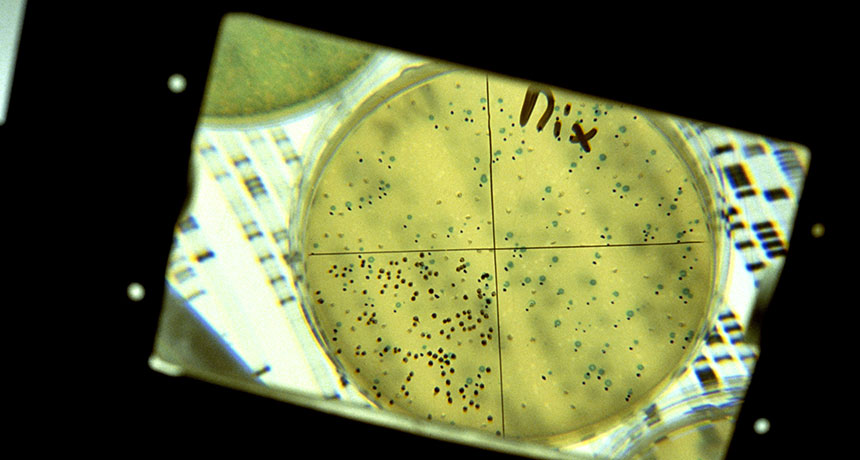50 years ago, scientists were unlocking the secrets of bacteria-infecting viruses
Excerpt from the April 5, 1969 issue of Science News

VALUED TOOL By tweaking the genetic instructions of the bacteriophage M13, scientists can coax the virus to produce human antibodies to treat disease, materials to make biological batteries and more.
PHILIPPE PLAILLY/Science Source
 Unusual virus is valuable tool —
Unusual virus is valuable tool —